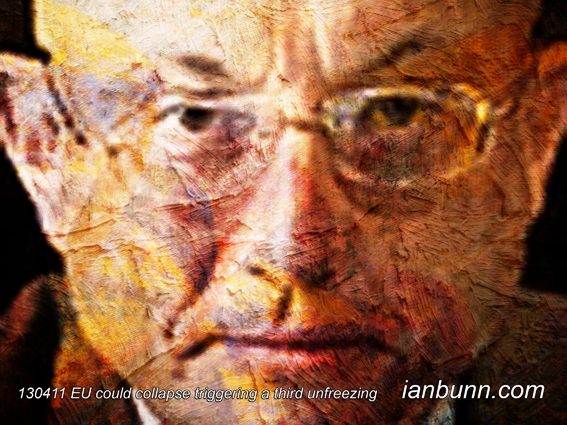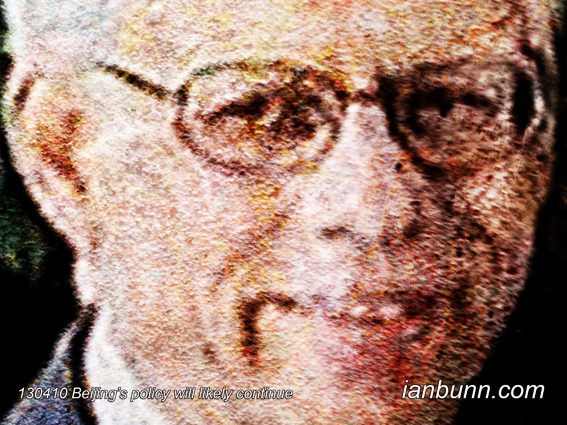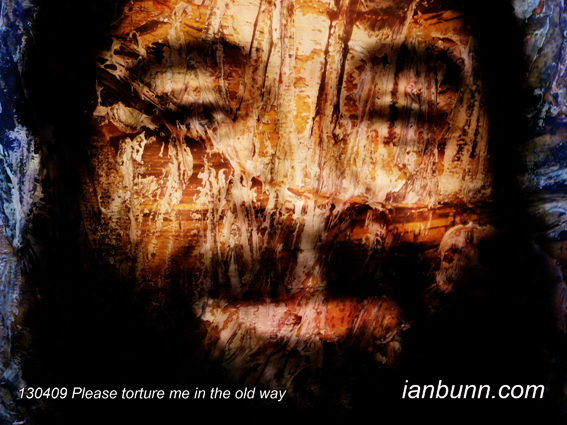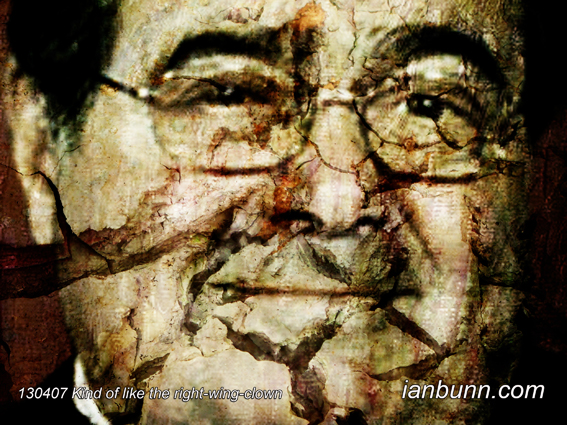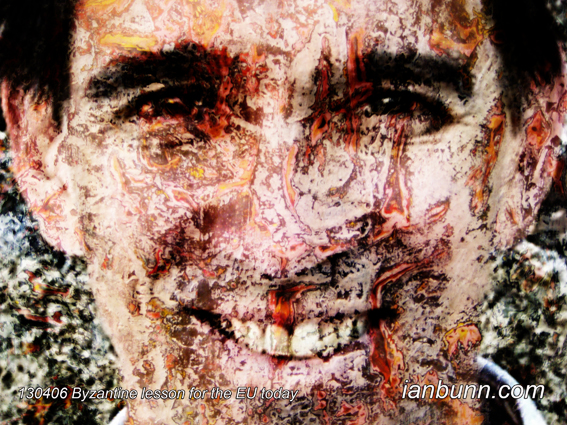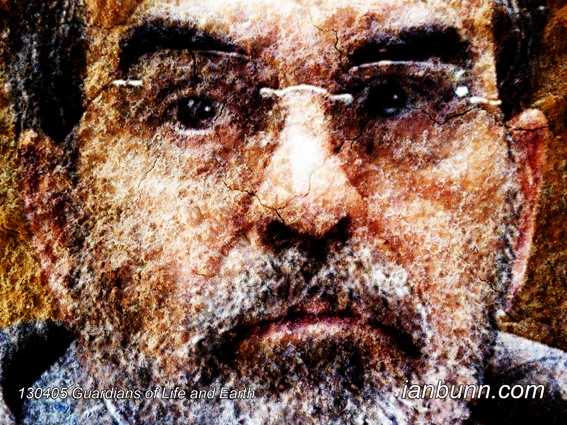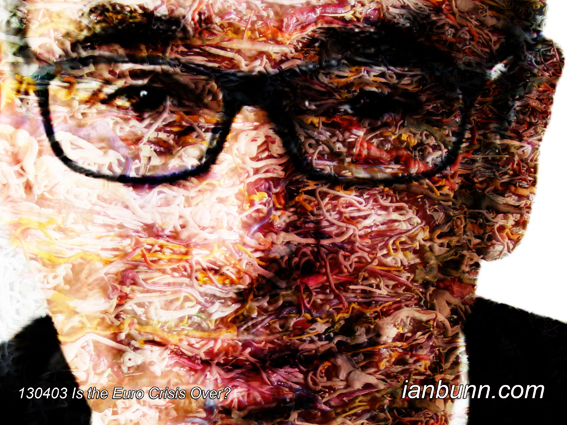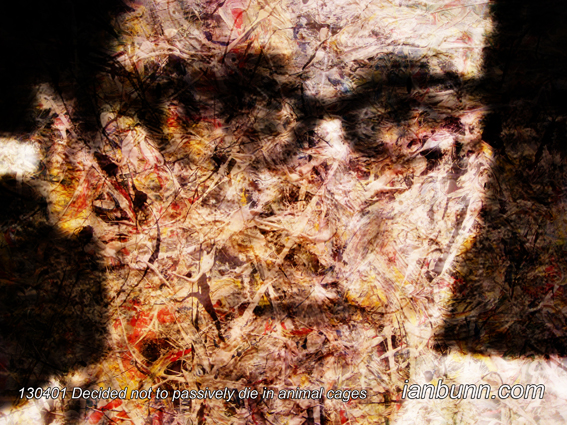 Global temperatures highest in 4,000 years (April 30 2013)
Global temperatures highest in 4,000 years (April 30 2013)
Justin Gillis the American 2011 Oakes Award winner for Distinguished Environmental Journalism for his ongoing multimedia series, Temperature Rising, which examines the fundamental tenets of manmade climate change, has published an article in the New York Times titled ‘Global Temperatures Highest in 4,000 Years’. Gillis states “Global temperatures are warmer than at any time in at least 4,000 years, scientists reported, and over the coming decades are likely to surpass levels not seen on the planet since before the last ice age. …Previous research had extended back roughly 1,500 years, and suggested that the rapid temperature spike of the past century, believed to be a consequence of human activity, exceeded any warming episode during those years. The new work confirms that result while suggesting the modern warming is unique over a longer period. Even if the temperature increase from human activity that is projected for later this century comes out on the low end of estimates, scientists said, the planet will be at least as warm as it was during the warmest periods of the modern geological era, known as the Holocene, and probably warmer than that. That epoch began about 12,000 years ago, after changes in incoming sunshine caused vast ice sheets to melt across the Northern Hemisphere. Scientists believe the moderate climate of the Holocene set the stage for the rise of human civilization roughly 8,000 years ago and continues to sustain it by, for example, permitting a high level of food production. In the new research… Shaun Marcott, an earth scientist at Oregon State University, and his colleagues compiled the most meticulous reconstruction yet of global temperatures over the past 11,300 years, virtually the entire Holocene. They used indicators like the distribution of microscopic, temperature-sensitive ocean creatures to determine past climate. …The modern rise that has recreated the temperatures of 5,000 years ago is occurring at an exceedingly rapid clip on a geological time scale, appearing in graphs in the new paper as a sharp vertical spike. If the rise continues apace, early Holocene temperatures are likely to be surpassed within this century, Dr. Marcott said.”
Inspired by Justin Gillis, New York Times ow.ly/jBgYJ Image source UGA ow.ly/jBgWU
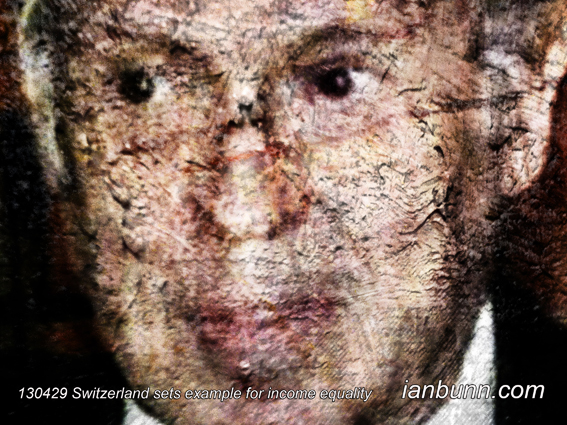
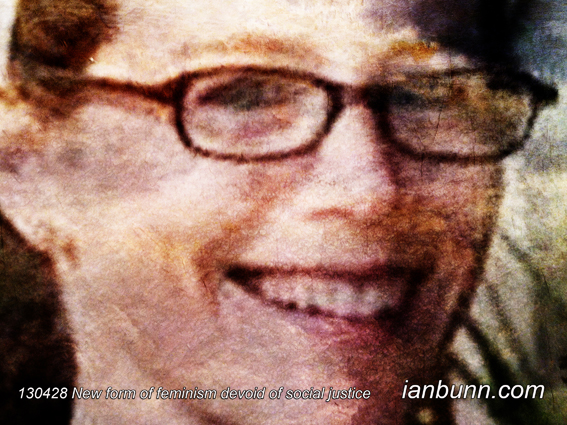

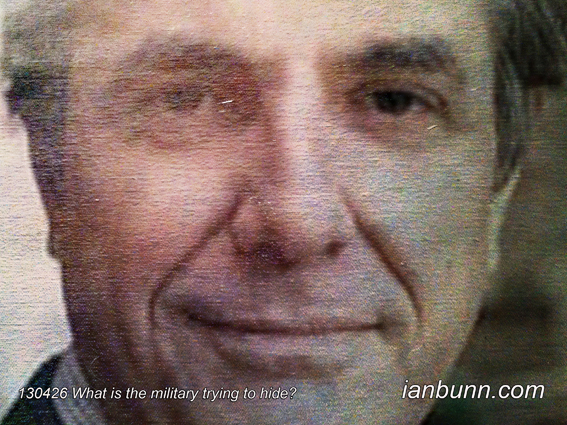
![John Axelrod the 66 year old retired attorney and collector of so-called “Loisaida” art [Latino pronunciation of Lower East Side) artist of 1980s] has been profiled by Judith Gura in an article published on Blouin Artinfo titled ‘Collecting Is a Disease”: Nonstop Art Acquirer John Axelrod Can't Stop Hunting’. Gura states “Visitors entering John Axelrod’s spacious town house apartment in Boston’s Back Bay are met by Myrna Loy, an affable Australian terrier, and an eruption of graffiti art by the likes of Dondi, Crash, and Lady Pink invading an environment of pristine walls, neoclassical moldings, and American modern furniture. Axelrod is passionate about graffiti art, but it is not his first collection; it follows a half-dozen others, all comprehensive. He is not simply an obsessive collector—he’s a serial one. Over a span of four decades he has assembled groundbreaking collections of American prints, European Art Deco objects, American modern decorative arts from 1920 to 1950, Memphis furnishings, African-American painting, and Latin American art. Each collection was accompanied by painstaking research, and each was divested as Axelrod moved on to another category with renewed enthusiasm for the thrill of the chase. “Collecting is a disease,” he explains. “I’m just another sufferer.” He doesn’t look like he’s suffering. A former lawyer and businessman, Axelrod has clearly enjoyed his art pursuits. More important, the outcome of this process has been substantial: All but one of his collections have gone to museums, where they have stimulated additional donations and acquisitions. …Axelrod admits to enjoying the endorsement of museums. “It’s the bottom line,” he says. “Nothing validates what you’ve done like having a museum take it.” Summing up his accomplishments, Axelrod adds, “I think I’ve helped the museums move into areas they might not have gone into, or not with the same depth. That’s my legacy. You made a change: That’s what I’d like as my epitaph.” Inspired by Judith Gura, Blouin Artinfo ow.ly/jBe1R Image source Vimeo ow.ly/jBe0Q](http://www.ianbunn.com/wp-content/uploads/2013/04/130425dcU60.jpg)

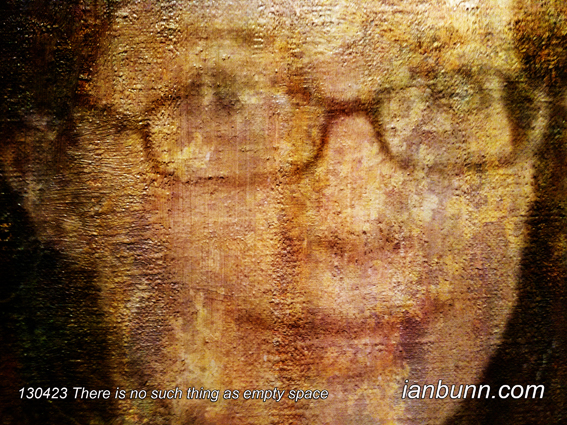
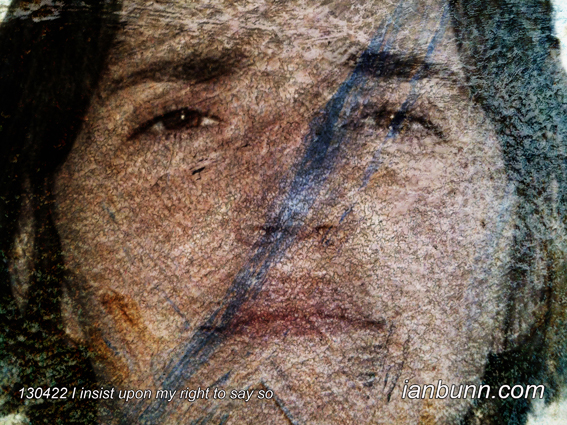
![Pardiss Kebriaei the American Senior Staff Attorney at the Center Constitutional Rights focusing on challenging government abuses post-9/11, including in the areas of “targeted killing“ and unjust detentions at Guantanamo has been interviewed by Amy Goodman for Democracy Now in reference to the Guantanamo prisoner hunger strike. In the interview Kebriaei states “…there is a large-scale hunger strike in Camp 6, which is the largest of the facilities at Guantánamo. That prison holds about 130 men. He said that almost everyone, except for a few who are sick and elderly, are on strike. He himself [her client Ghaleb Al-Bihani] had lost over 20 pounds. He is a diabetic. His blood glucose levels are fluctuating wildly. He told me that medical staff at Guantánamo have told him his life is in danger. And he and others want us to get the word out about this. We [at] CCR and group of other habeas counsel, wrote a letter to the authorities at Guantánamo and to the Department of Justice reporting what we have heard and asking for a response. And to date, almost two weeks later, we have not heard anything, other than denials of the strike. …They have downplayed the scale of the strikes and have said that there are only a handful on strike and only a handful being tube-fed. It may be a matter of semantics: The way that Guantánamo authorities define people on hunger strike is largely discretionary. But what we have heard from every habeas counsel who has been down to the base or communicated with their clients since February is the same, which is that there is a large-scale strike, men are refusing food. …you start seeing things like loss of vision, loss of hearing, and eventually death. So this is—it’s an emergency situation. We view it as an emergency situation. And denials by the authorities, at this point, of the strike are dangerous and irresponsible.” Inspired by Amy Goodman & Nermeen Shaikh, Democracy Now ow.ly/jBcHz Image source CFR ow.ly/jBcGy](http://www.ianbunn.com/wp-content/uploads/2013/04/130421dcU60.jpg)

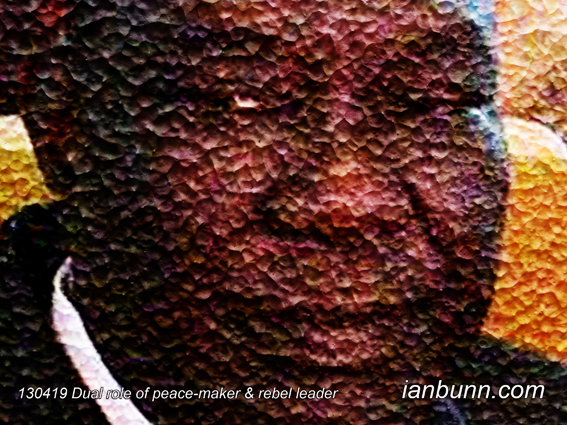
![Tiago Maranhao Alves the Brazilian a physical engineer and CEO of CSEM Brasil an innovations-based company is the subject of an article published by Alice Marcondes on the IPS News Service titled ‘Brazilian-Made Plastic Solar Panels, a Clean Energy Breakthrough’ which states “[Maranhao Alves] While the capacity for power generation is almost the same, its small size means that it can be given uses that are almost impossible for silicon panels”. What looks like a thin, flexible sheet of regular plastic is actually a solar panel printed with photovoltaic cells, which convert sunlight into electricity. This new material, totally unlike the heavy and costly silicon-based panels commonly used to generate solar power today, was created by scientists at CSEM Brasil, a research institute based in the southeast Brazilian state of Minas Gerais. Made by incorporating organic photovoltaic cells into common polymers, the new panels resemble transparent sheets of plastic with stripes where they have been printed with carbon-based organic polymers. …The lightweight, flexible new material can be used to power the electrical components of automobiles and in electronic devices like mobile phones and wireless computer keyboards and mice. But the Brazilian researchers are concentrating on the production of solar panels, which can be used to cover relatively large areas, like windows. “A panel with a surface area of two or three square metres could be sufficient to generate the energy needed in a house lived in by a family of four. Because of its good cost-benefit ratio, it could also be an option for bringing energy to remote areas without electric power service.” …The plastic can also be used to cover buildings and venues like airports and sports stadiums, avoiding the need to set aside an area for the installation of conventional solar panels. …”We are now going to study the best way to scale up the product.” Inspired by Alice Marcondes, IPS News Service ow.ly/jArfG Image source LinkedIn ow.ly/jAreE](http://www.ianbunn.com/wp-content/uploads/2013/04/130418dcU60.jpg)


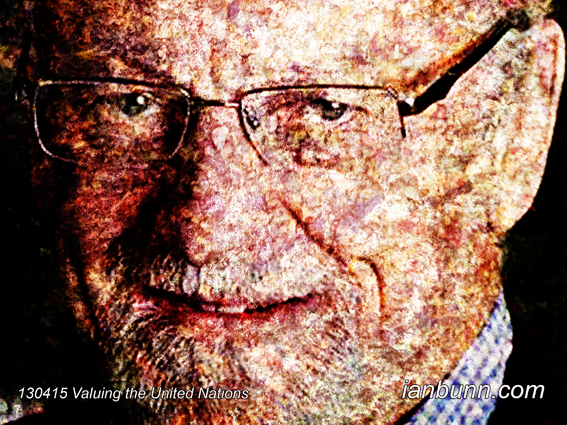
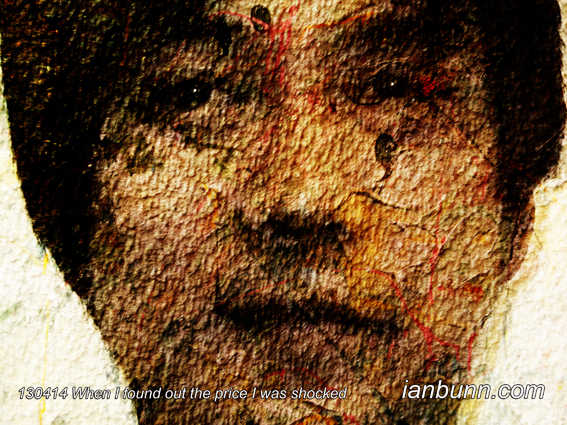

![Claudia Ciobanu the Bucharest journalist writing on the issues of transition within Romania and Bulgaria, has published an article on the IPS News Service titled ‘Poland Cornered Over Its Secret Prisons’ in which she states “A Polish official investigation into the existence of a secret CIA prison on its territory is being stalled, according to official sources, while pressure on the country to tell the truth mounts. … [a] report to the recent Globalising Torture study of Open Society Foundations, claim Poland hosted a secret CIA prison used in the extraordinary rendition programme from the end of 2002. Under this programme, the U.S. detained and interrogated terrorism suspects in Europe. …Poland seems to be this new location. …officials from governments and intelligence services of various countries, including Poland and the U.S., interviewed by UN and EU bodies, NGOs and journalists, point to the fact that the Polish site was key to the CIA scheme. Those sources continue to speak under the condition of anonymity because both Poland and the U.S. refuse to officially reveal details about how rendition functioned. In Poland, a prosecutors’ investigation started in 2008 has recently taken a dubious turn. Until a year ago, the investigation was conducted by the Warsaw prosecutors’ office, under two successive prosecutors. …After this news came out, the case was moved to Krakow. Mikolaj Pietrzak, the Polish lawyer [stated] “It is extremely irregular that a case be shifted to three different prosecutors, and the fact that in the last year nothing has gone forward apparently is a very sad statement about the investigation.” … Pietrzak, who has at one point seen the full file of the Polish investigation, claims: “This case is going to be very difficult to overturn, because there is a lot of evidence, and you simply cannot pretend that what is there in the prosecutors’ file doesn’t exist.” Inspired by Claudia Ciobanu, IPS News Service ow.ly/j4E5X Image source Human Wrongs Watch ow.ly/j4DmR](http://www.ianbunn.com/wp-content/uploads/2013/03/130412dcU60.jpg)
